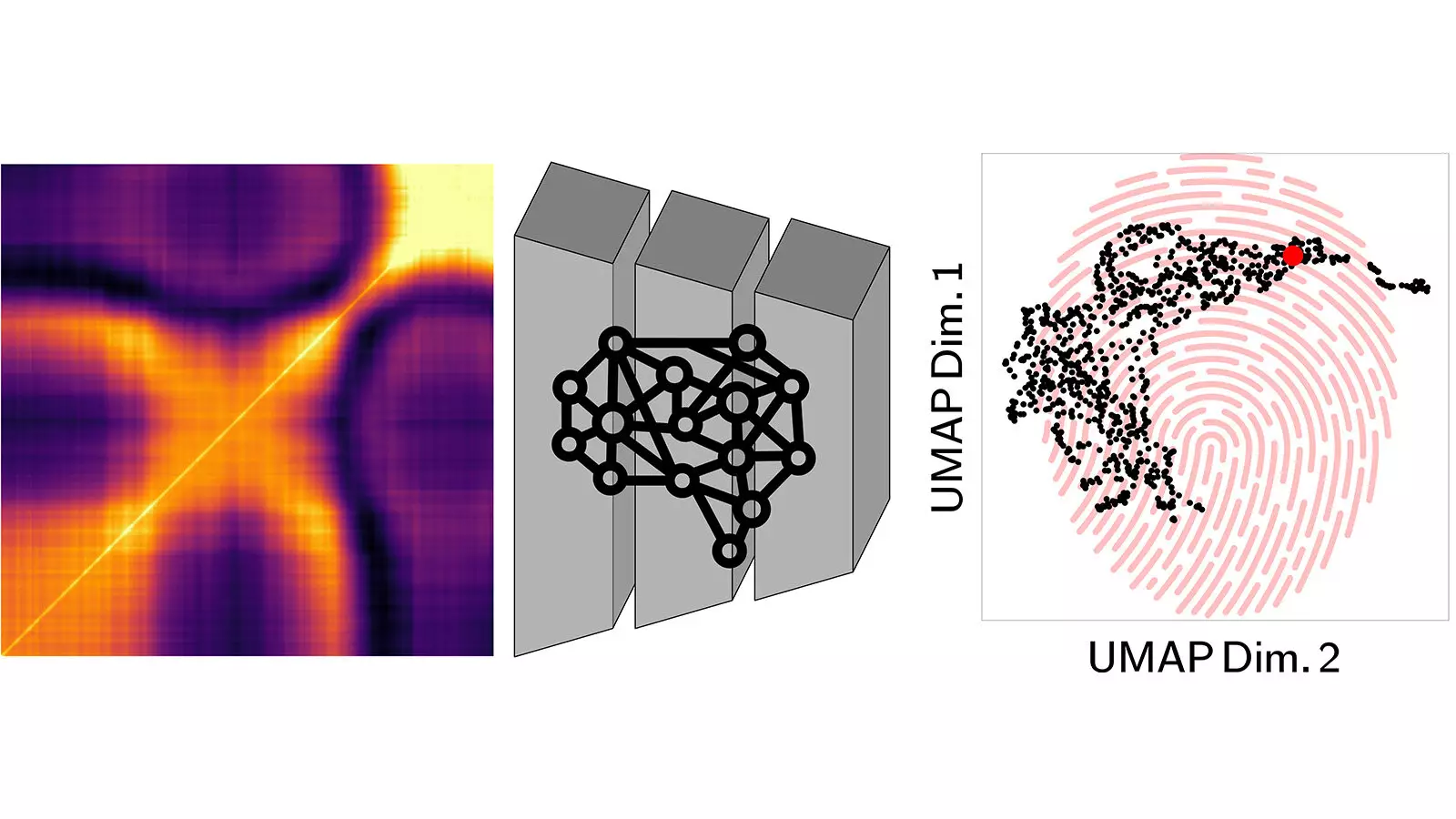In the realm of material science, the study of how substances respond to various stresses and environmental changes has long fascinated researchers. Much like living organisms, materials exhibit evolutionary traits over time, adapting and transforming in response to external stimuli. Traditional methods of analysis, however, sometimes fall short in deciphering the intricate dynamics of these transformations. Thankfully, a groundbreaking study conducted at the Advanced Photon Source (APS) and the Center for Nanoscale Materials (CNM) of the U.S. Department of Energy’s Argonne National Laboratory has introduced a sophisticated technique that melds X-ray photon correlation spectroscopy (XPCS) with artificial intelligence (AI) and machine learning. This new process is facilitating an unprecedented understanding of material behavior on a molecular level.
Understanding the Science Behind the Technique
At its core, the innovative methodology revolves around the creation of “fingerprints” that encapsulate the complex data derived from the scattering of X-ray photons. The technique depends on a type of neural network characterized by its unsupervised learning capabilities. Unlike traditional models that require extensive expert-led training, this algorithm autonomously identifies patterns within the chaotic data produced during X-ray scattering experiments. This process learns to recognize varying arrangements in colloidal solutions—where particles are suspended in fluid—essentially adhering to a “genome” of the material being studied.
James (Jay) Horwath, a postdoc researcher and the study’s lead author, elaborates on the significance of this development: capturing the intricate patterns of material change and transformation is an intricate yet vital pursuit. “As we’re shining the X-ray beam, the patterns are so diverse and complicated that it becomes difficult even for experts to understand,” he explains. The objective here is not just to survive the chaos of data but to distill its essence, encapsulating indispensable information in a form that makes analysis feasible.
The Role of Autoencoders: A Deep Dive into Neural Networks
One of the study’s revolutionary components is the utilization of autoencoders—specialized neural networks that facilitate the transition from raw data to distilled “fingerprints” or latent representations. These autoencoders work in tandem; one part encodes the original data into a compressed format while the other decodes it back to its initial state. This dual capability empowers researchers to create comprehensive maps of material attributes, effectively clustering similar fingerprints into groups and unveiling intricate relationships between different material states.
Just imagine an art gallery where each “fingerprint” hangs side by side, allowing researchers to appreciate not only the individuality of each piece but also the overarching trends and patterns that correlate them. Through this mapping, scientists can glean insights into how these materials evolve under pressure or relaxation—an essential understanding for diverse applications, from developing stronger composites to creating smarter materials for technology.
AI-Powered Insights: The Future of Data Processing
The advent of AI crucially enhances the ability to interpret the vast amounts of data produced during experiments. As Horwath points out, “The AI is a pattern recognition expert.” By treating scattering patterns as visual inputs, the AI can comb through this extensive data trove, highlighting repeating motifs that would otherwise remain obscured. This profound capability not only aids in current endeavors but anticipates a future where data interpretation becomes manageable amidst overwhelming outputs—especially pertinent as the APS gears up for its upgraded operations, which promise to yield X-ray beams up to 500 times brighter than the existing capacity.
This envisioned upgrade signifies a new frontier in material sciences, necessitating advanced AI tools like those in the AI-NERD project to make sense of the incoming data flood. The collaboration between teams specialized in theoretical and computational aspects of molecular dynamics highlights the imperative of interdisciplinary synergy in research. It paves the way for symbiotic partnerships that marry experimental work with cutting-edge computational techniques, promising an era of collaborative innovation.
Implications for Material Sciences and Beyond
The incorporation of AI within the framework of material science represents a paradigm shift. Not only does it streamline traditional processes, but it also opens the door to a more profound understanding of physical phenomena at the nanoscopic level. This knowledge can translate into tangible advancements in industries ranging from electronics to pharmaceuticals, where the manipulation of material properties is essential.
As researchers delve deeper into the complexities of material behavior with this new technique, they stand on the cusp of remarkable discoveries. The AI-NERD project exemplifies the convergence of technology and science, where machine learning algorithms can autonomously identify critical data patterns and offer meaningful insights. This interplay between human ingenuity and artificial intelligence may indeed reshape the landscape of material science, leading us to an era where previously unfathomable complexities become accessible and innovative solutions are no longer bound by the limits of human analysis.

